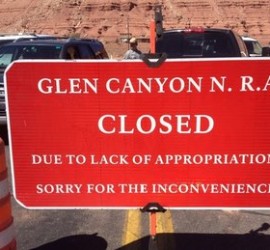Reimagining the Urban: Megan Hoetger
The long-term is a durational temporality. If I set this against the continuous present of the participle, ‘re-imagining’–the keyword which leads the title of the symposium–what kind of time do I find myself in? The call for the long-term engagement is a particularly fraught one for the field of visual art practice forcing the surface a series of questions, like: how long is enough for an artist to engage a community? How long should the dialogue be? How long does the project go?
Continue to read…

